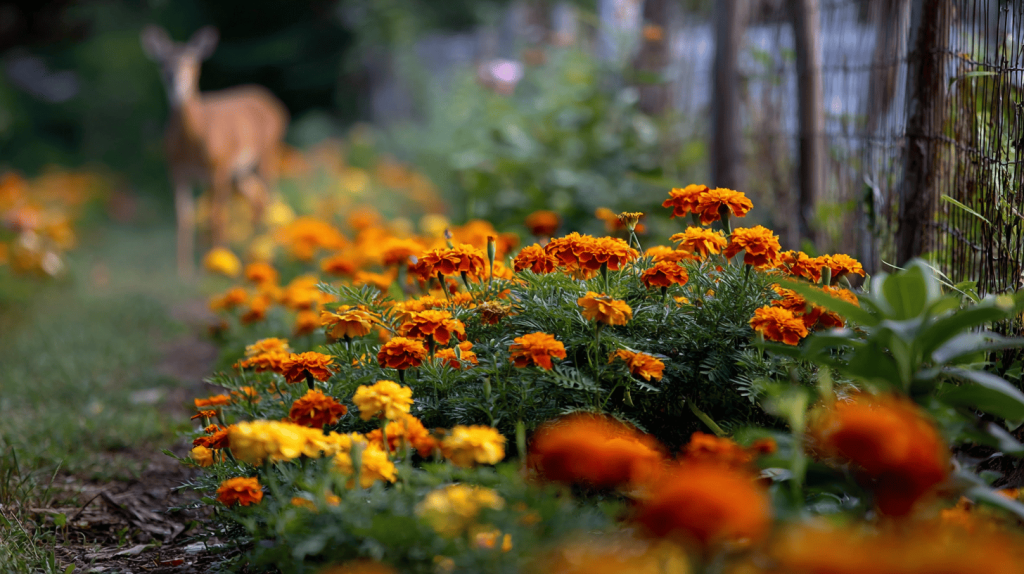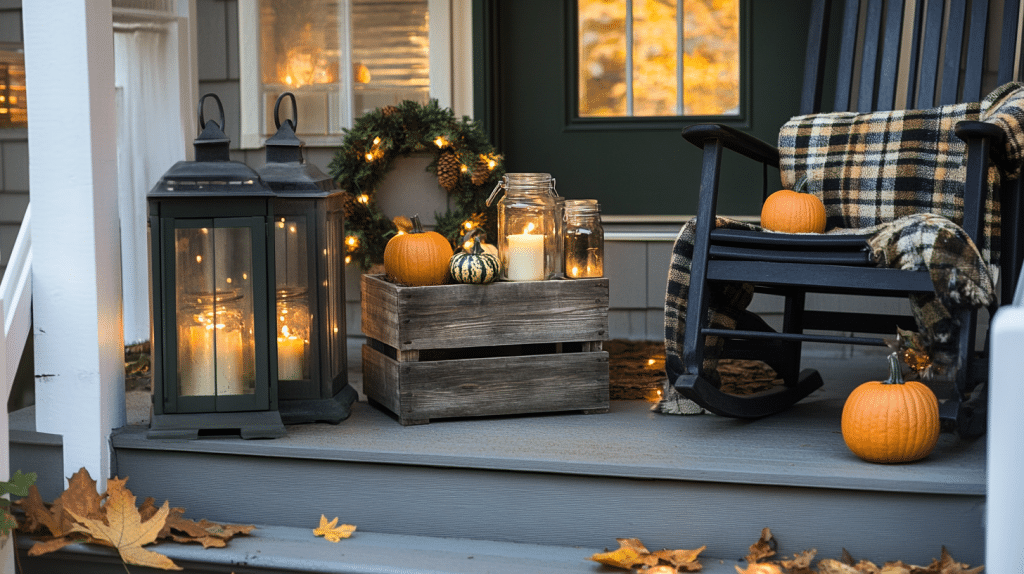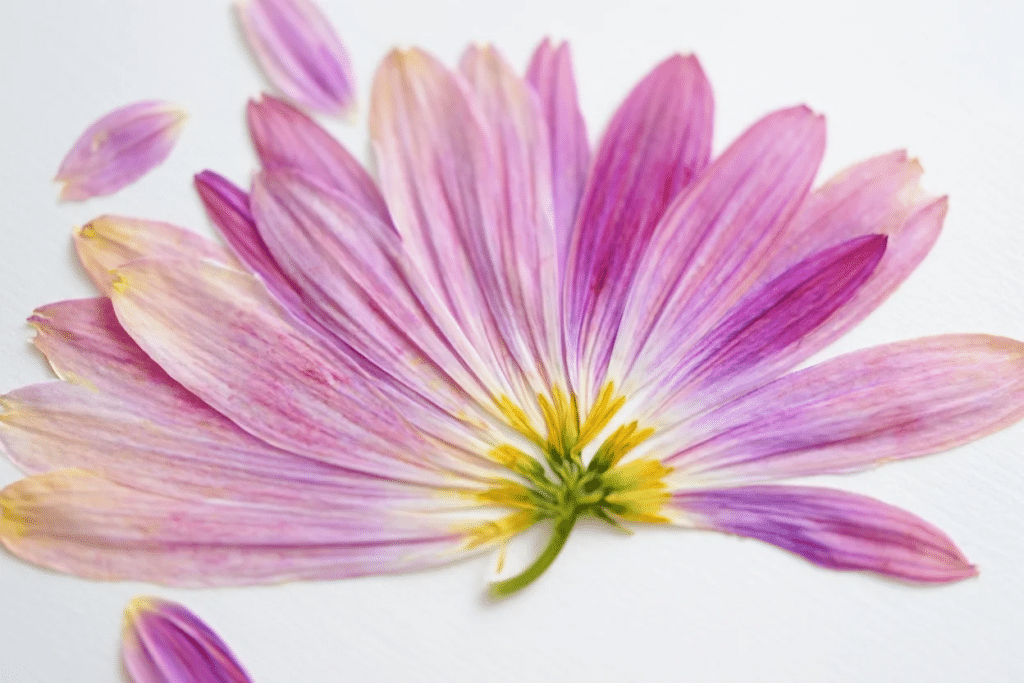Gardeners everywhere admire marigolds for their bold colors and their reputation for keeping pests away. I know I’ve planted them myself, hoping they’d protect my flowers, and you may have done the same in your own garden.
But here’s the question that always pops up: who eats these flowers, and do marigolds keep deer away? Many people believe the strong scent makes them “deer-resistant,” yet the reality is more complicated, especially when food is scarce.
In this guide, I’ll walk you through what marigolds can and cannot do, show you which pests and animals really enjoy eating them, and share simple ways you can protect your flowers so they thrive all season long.
Who’s Really Snacking on Marigolds?
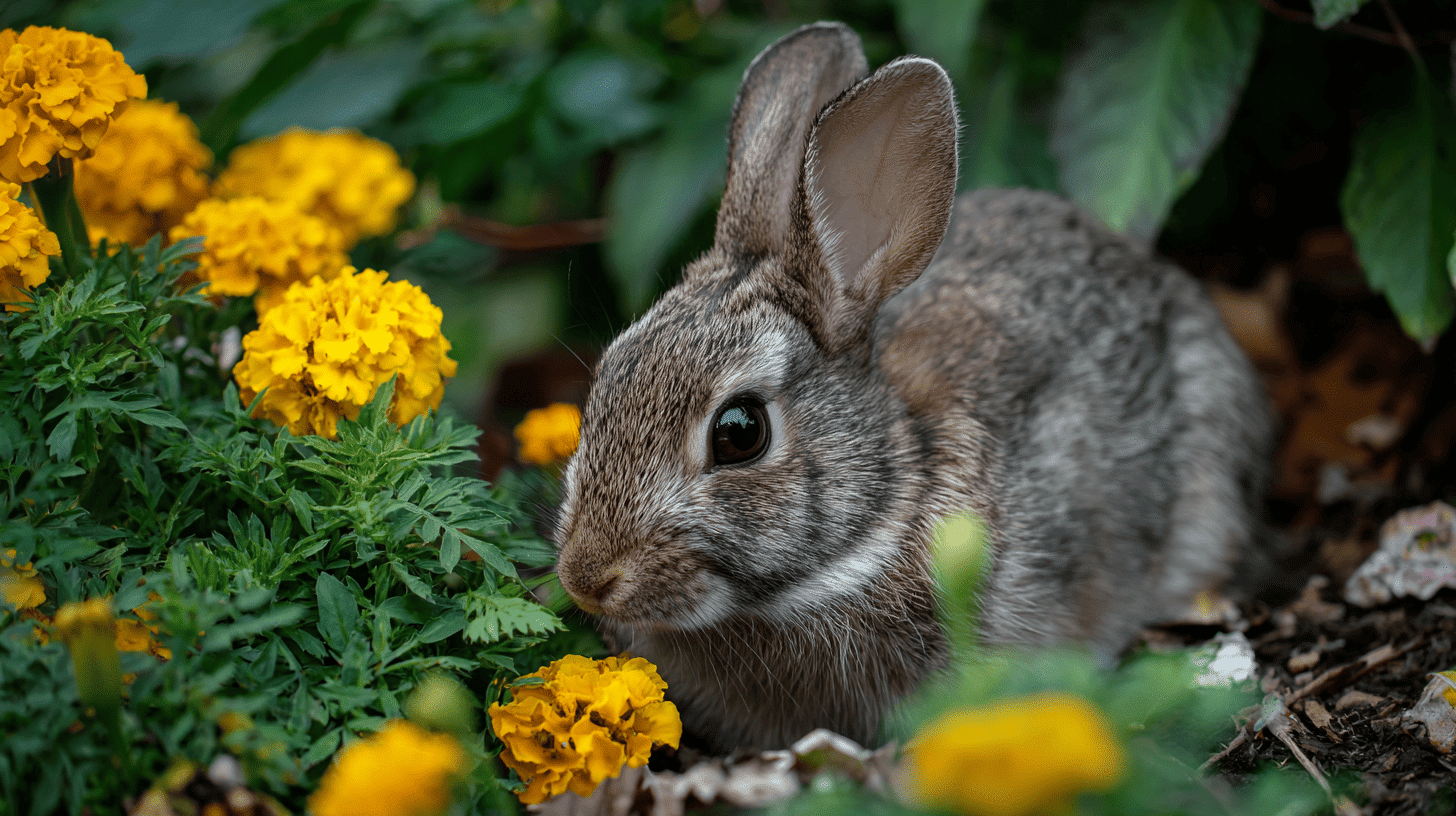
If marigolds show signs of chewing, wilting, or mysterious damage, deer aren’t always the main culprits. More often, smaller pests or wildlife are responsible, seeing marigolds as a snack. Knowing who’s behind the damage helps protect your plants and their bright blooms.
Insect Pests
- Aphids: Tiny green or black clusters that weaken stems and cause stunted growth.
- Slugs & Snails: Nighttime feeders leaving irregular holes and slimy trails.
- Spider Mites & Thrips: Microscopic pests that speckle leaves, cause yellowing, and may leave webbing.
Furry & Feathered Wildlife
- Rabbits: Leave clean, sharp cuts on leaves and stems.
- Groundhogs & Squirrels: Dig around plants or chew on blooms.
- Deer: Rarely eat marigolds, but when food is scarce, they’ll leave ragged bites behind.
By spotting these distinct patterns, gardeners can shift from guessing to taking precise action, ensuring marigolds stay healthier and continue brightening the garden.
Signs That Your Marigolds Are Being Eaten
You don’t need to stand watch all night to catch the culprit. Most animals and insects leave telltale clues:
- Jagged bite marks or completely missing leaves
- Small holes in petals or thin patches on foliage
- Shiny slime trails (a clue left by slugs and snails)
- Droppings or tracks near your garden beds
Identifying the signs early helps you figure out which pest or animal you’re dealing with.
Do Marigolds Keep Deer Away?
When people hear that marigolds are deer-resistant, they often picture deer turning up their noses and walking away.
And yes, that happens most of the time. However, hungry deer don’t always follow the rules. They can and do eat marigolds when other food options run low.
For example, I noticed in my own garden that while deer didn’t touch marigolds during summer, they took a few ragged bites in early spring. So it’s safer to think of marigolds as one helpful piece of a bigger plan, not a guaranteed solution.
If you’re looking for flowers that provide a stronger deer deterrent, consider incorporating some of the best deer-resistant flowers, like zinnias, cosmos, or dusty miller. These plants are often less appealing to deer and can be combined with marigolds to create a diverse, attractive garden that’s harder for deer to damage.
Step-by-Step Fixes to Protect Marigolds
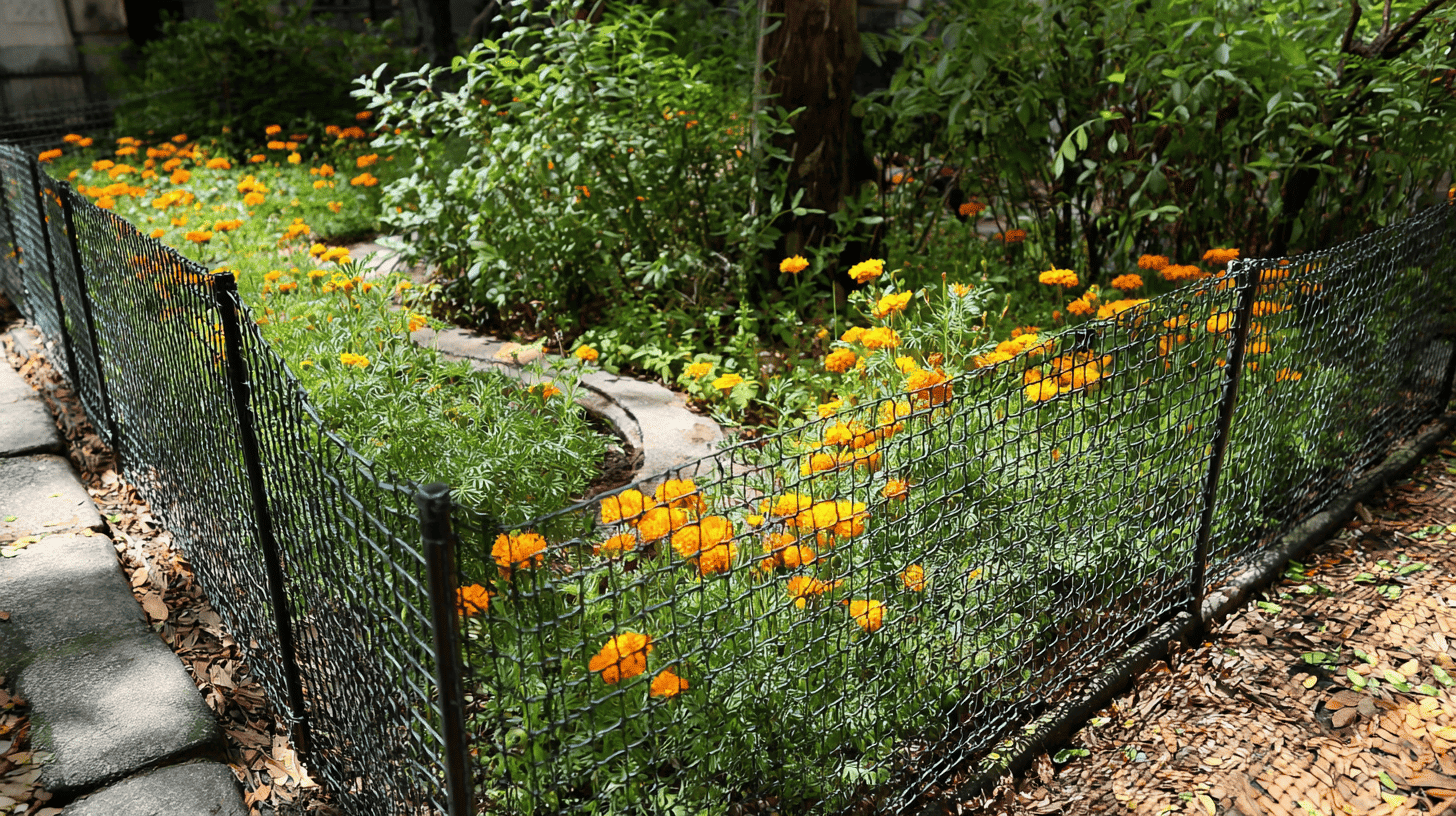
Here’s the method that’s worked best in my own yard and for many gardeners:
Step 1: Physical Barriers First
When it comes to keeping deer and rabbits away, fences are your strongest defense.
Deer rarely jump over anything taller than 8 feet, and rabbits can be stopped by shorter fencing if the bottom is buried underground.
Strong barriers create reliable, long‑term protection, saving your marigolds from constant snacking.
Step 2: Yard Surface Ideas
In addition to fencing, consider using yard surfaces deer hate walking on, such as gravel, sharp mulch, or thorny ground covers.
These surfaces discourage deer from entering your garden beds and add another layer of protection for your marigolds.
Step 3: Repellents
Repellents can play a useful role in discouraging animals, but they aren’t foolproof. You’ll need to reapply them often, especially after rain or on new growth.
Switching products from time to time keeps wildlife from becoming too familiar with the scent. Think of them as useful support, not your only solution.
Step 4: Plant Placement & Companions
Where and what you plant makes a big difference.
Placing marigolds near walkways or doors increases human activity, which most animals avoid. Adding companion plants like dusty miller, alliums, or lavender creates layers of protection since deer dislike them.
This mix adds beauty and makes your flowerbeds less inviting for grazers.
Step 5: Good Insect IPM
It’s not just animals, bugs can damage marigolds, too. That’s where regular monitoring comes in.
By checking plants weekly, you can catch aphids, mites, or slugs before they spread. Wash pests off with water, handpick slugs at night, or use safe baits.
Early prevention keeps marigolds strong, healthy, and blooming longer.
Should You Still Plant Marigolds as a Deer Deterrent?
Yes, marigolds are definitely worth planting. They’re cheerful, low-cost, and usually avoided by deer, which makes them a great addition to any garden.
However, it’s important not to expect them to work as a complete solution.
For real protection, combine marigolds with other deer-resistant plants, sturdy fencing, repellents, or smart garden design.
Experts agree that marigolds can help, but only as part of a layered strategy. Relying on them alone will likely lead to disappointment when pests get hungry enough.
Wrapping it Up
Marigolds will always remain a favorite in the garden for their bright colors and pest-repelling reputation, but they’re not a perfect solution against hungry visitors.
Deer may avoid them most of the time, but rabbits, groundhogs, slugs, and insects often see them as a quick meal.
The real key is figuring out what’s causing the damage, then responding with the right mix of barriers, repellents, and pest control.


